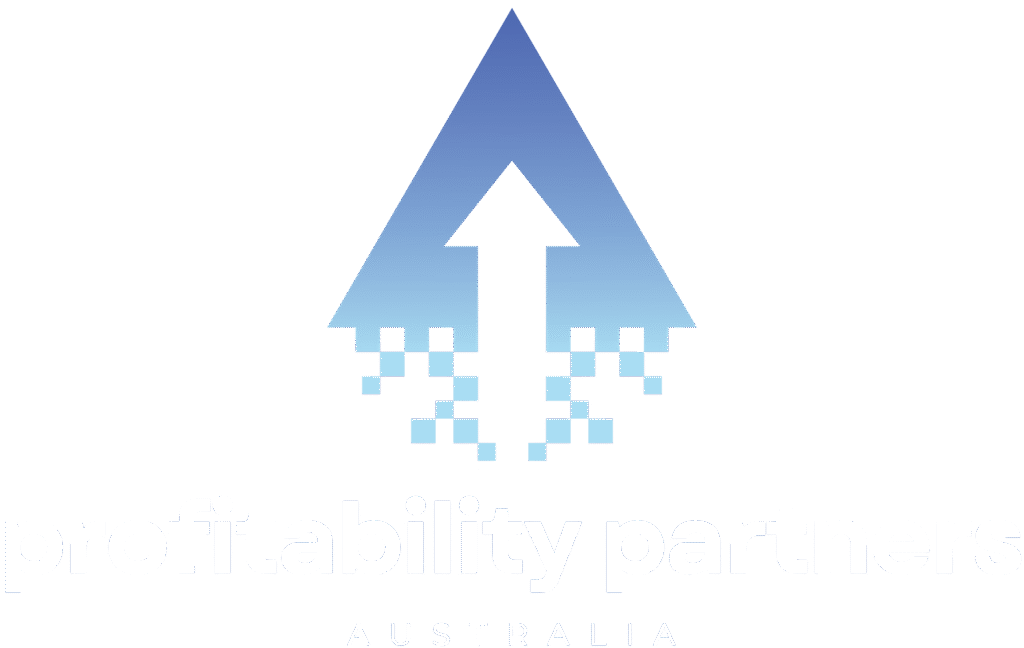In hospitality, profitability doesn’t happen by accident, it requires careful planning, disciplined execution, and consistent tracking. Yet many venues fall into the trap of hoping for profit rather than planning for it. Hoping to make a profit often means operating without a budget, ignoring tools like the Profitability Matrix, and failing to track numbers through forecasting or theoretical costing. This reactive approach leaves too much to chance, often resulting in missed opportunities and financial struggles.
Here’s how planning for profit—by using tools, processes, and accountability—can transform your venue’s financial outcomes and ensure success.
1. The Pitfalls of Hoping for Profit
Hoping for profit means relying on assumptions and circumstances instead of strategy. This often manifests as:
- No Budget: Without a budget, there’s no roadmap for controlling costs or achieving revenue targets. Expenses like wages and COGS spiral out of control, eroding profitability.
- No Profitability Matrix: Lacking a macro view of key financial metrics means decision-makers can’t identify problem areas or measure success effectively.
- No Tracking Through Forecasting or Theoretical Costing: Without forecasting, you’re guessing what costs or sales might look like, and theoretical costing provides no benchmark for identifying inefficiencies.
Hoping for profit is like driving blind, it might work occasionally, but it’s far from reliable.
2. Planning for Profit: The Key to Success
Planning for profit starts with using the right tools and processes to create clarity and direction.
- Create a Budget: A budget sets expectations for revenue and controls for costs. It breaks down:
- Revenue Targets: Weekly and monthly sales goals tied to historical data and realistic forecasts.
- Cost Benchmarks: Target percentages for wages, COGS, rent, and other expenses to keep operations on track.
- Operating Profit Goals: Clear, actionable profit goals to measure success.
- Leverage the Profitability Matrix: The Profitability Matrix simplifies financial data into key categories—revenue, COGS, wages, variable overheads, rent, and operating profit, giving a clear snapshot of performance. It highlights problem areas quickly, guiding managers and chefs to where improvements are needed.
- Track Through Forecasting and Theoretical Costing:
- Forecasting: Predicts future revenue and costs, allowing for proactive adjustments to staffing, inventory, or promotions.
- Theoretical Costing: Tracks what food and beverage costs should be, providing a benchmark to measure against actual costs.
Together, these tools create a foundation for smarter decision-making and better financial outcomes.
3. Executing the Plan
Having a plan is essential, but execution ensures it becomes reality.
- Managers: Track daily sales and wage percentages, adjusting rosters in real-time to align labor costs with revenue.
- Chefs: Use theoretical costing to manage food costs, ensuring portion control and minimizing waste.
- Collaborative Effort: Weekly coaching sessions ensure managers and chefs are aligned, reviewing performance against the budget and discussing variances.
Execution bridges the gap between planning and results, ensuring accountability at every level.
4. The Role of Accountability
Planning and execution are only effective with accountability. Without it, even the best strategies falter.
- Regular Reviews: Weekly or monthly reviews compare actual results to the budget, highlighting areas where adjustments are needed.
- KPIs for Teams: Managers and chefs need clear, measurable goals, such as maintaining wage percentages or achieving food COGS targets.
- Ownership: Accountability ensures that every team member takes responsibility for their part in achieving profitability.
Accountability transforms financial data from theoretical insights into actionable improvements.
5. Real-Life Example: From Hoping to Planning
One client ran a venue with strong revenue but struggled to turn a profit. They had no budget, weren’t using the Profitability Matrix, and didn’t track numbers beyond their P&L reports. After introducing a structured approach:
- Budget: Clear goals were set for sales, COGS, and wages, ensuring each area had a defined benchmark.
- Profitability Matrix: Highlighted key problem areas, including wages at 38% and food COGS at 36%, both well above industry standards.
- Forecasting and Theoretical Costing: Daily wage tracking aligned staffing with actual revenue, while weekly stocktakes and portion control reduced wastage.
Within three months, the following improvements were achieved:
- Wages: Reduced from 38% to 30%, significantly lowering labor costs.
- Food COGS: Dropped from 36% to 30%, reflecting better portion control and less waste.
- Operating Profit: Increased from 3% to 16%, driven by cost reductions and improved financial management.
This example highlights how aligning actions with a budget and tracking tools like the Profitability Matrix transforms hope into measurable financial results.
6. Continuous Improvement Through PERI
Planning for profit isn’t a one-time effort, it’s an ongoing process guided by the PERI framework (Plan, Execute, Results, Improve).
- Plan: Create budgets, set revenue goals, and establish KPIs using tools like the Profitability Matrix.
- Execute: Track sales, wages, and costs daily, aligning operations with the plan.
- Results: Review weekly and monthly reports to identify variances and trends.
- Improve: Use insights from results to make adjustments, ensuring continuous improvement.
This cycle ensures that planning remains a dynamic, actionable part of daily operations.
Move From Hope to Certainty
Hoping for profit means leaving success to chance. Without a budget, tools like the Profitability Matrix, and consistent tracking through forecasting and theoretical costing, venues are operating in the dark.
Planning for profit transforms uncertainty into control. By creating a budget, using the PERI framework, and fostering accountability, venue owners, managers, and chefs can make informed decisions that lead to consistent financial success. With PERI, every stage of your operation works toward profitability. Stop hoping for profit, start planning for it.


